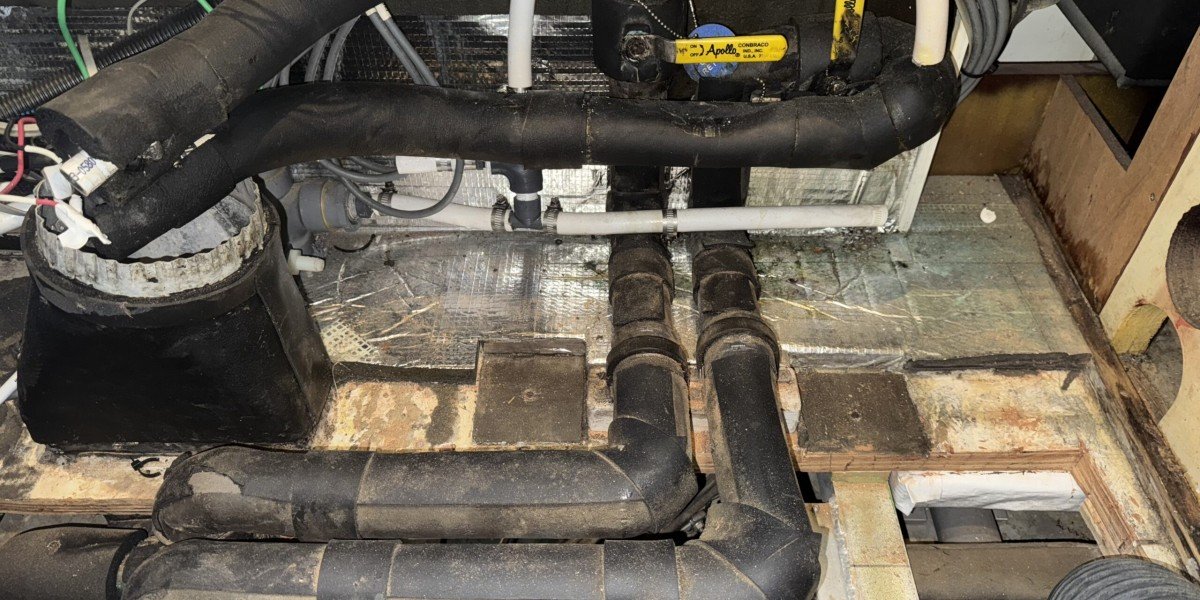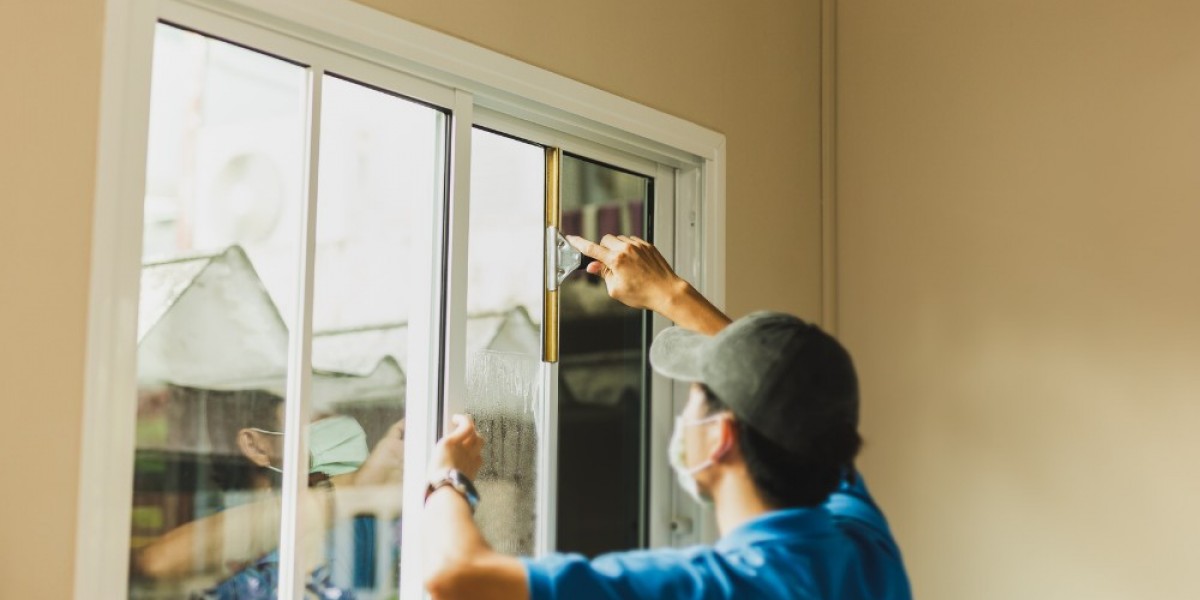In the world of marine services, ensuring the efficiency of HVAC systems on ships is crucial for both energy conservation and passenger comfort. One of the most significant factors that impact HVAC system performance on ships is marine insulation. Ships, unlike land-based buildings, face unique environmental challenges such as varying temperature levels, humidity, and air pressure. Marine insulation plays a pivotal role in managing these factors, ultimately optimizing HVAC systems. This article delves into how insulation affects HVAC systems aboard ships, exploring the many benefits it provides to both system functionality and energy efficiency.
The Role of HVAC Systems on Ships
Before diving into the specifics of marine insulation, it's important to understand the crucial function of HVAC systems on ships. Heating, ventilation, and air conditioning (HVAC) systems onboard a ship maintain the temperature, humidity, and air quality in various areas, including living quarters, engine rooms, and dining spaces. The proper functioning of these systems is essential for ensuring the comfort and safety of passengers and crew, as well as the efficiency of the ship's operations.
However, HVAC systems on ships face several challenges that land-based systems do not. Ships are constantly exposed to external elements like sea breeze, sunlight, and fluctuating temperatures, which can directly impact the temperature and humidity levels inside the vessel. Without sufficient insulation, HVAC systems would need to work harder to maintain the desired indoor environment, leading to higher energy consumption and potential system strain.
Marine Insulation: A Key Player in Energy Efficiency
One of the primary benefits of marine insulation is its ability to help maintain consistent temperatures inside the ship. Insulation materials are installed around HVAC components, pipes, ducts, and other critical areas to prevent the loss of heated or cooled air. This keeps the ship’s interior more comfortable and reduces the burden on the HVAC system, which in turn lowers energy consumption.
Without proper insulation, HVAC systems would struggle to regulate temperatures. This leads to higher energy demands as the system compensates for the loss of heat or cooling. Over time, the energy efficiency of the ship can suffer, resulting in increased operational costs. By using high-quality marine insulation, ship operators can ensure that their HVAC systems work more efficiently, ultimately reducing fuel consumption and the ship’s carbon footprint.
Improved Comfort and Climate Control
Marine insulation does more than just improve energy efficiency; it also contributes to the comfort of passengers and crew members aboard the vessel. Ships, particularly large cruise liners, often have complex systems for regulating indoor air quality. However, if insulation is inadequate or poorly installed, air quality and temperature regulation can be compromised.
Proper insulation ensures that HVAC systems can effectively maintain stable temperatures in all areas of the ship, from the engine rooms to the passenger cabins. For instance, in hot climates, marine insulation helps prevent excessive heat from entering the ship, allowing the air conditioning system to function optimally. Conversely, in colder regions, insulation helps retain heat, making it easier for the HVAC system to maintain a comfortable temperature. The result is a more pleasant onboard experience for everyone.
Reducing Wear and Tear on HVAC Systems
Another significant benefit of marine insulation is its ability to reduce the wear and tear on HVAC systems. HVAC units on ships work in harsh conditions, including high humidity and saltwater exposure. This environment can cause system components to deteriorate over time, leading to more frequent repairs and replacements.
Insulation acts as a protective barrier, shielding HVAC systems and components from extreme environmental factors. It helps prevent moisture buildup in ducts and pipes, reducing the likelihood of rust or corrosion. Moreover, by maintaining more stable indoor temperatures, insulation minimizes the load on HVAC units, allowing them to operate within optimal conditions and extend their lifespan. This can result in substantial cost savings in terms of repairs and replacements, making marine insulation a long-term investment for ship owners.
Marine Insulation and Compliance with Environmental Standards
In addition to its operational benefits, marine insulation plays an important role in helping ships comply with various environmental and regulatory standards. Many marine organizations, including the International Maritime Organization (IMO), have established strict regulations regarding energy efficiency and emissions for vessels.
Insulation can significantly contribute to meeting these standards by ensuring that HVAC systems operate at peak efficiency, reducing energy consumption and lowering the ship's carbon footprint. As the shipping industry faces increasing pressure to adopt sustainable practices, using effective marine insulation becomes a key component in ensuring compliance with global regulations and contributing to environmental conservation.
Types of Insulation Used on Ships
Several types of insulation materials are commonly used in the marine industry to enhance the performance of HVAC systems. These materials are designed to withstand the harsh marine environment and ensure durability over time. Some of the most popular insulation materials include:
Polyurethane Foam Insulation: This material is known for its excellent thermal resistance and is often used to insulate HVAC ducts and pipes on ships. It helps prevent heat loss and gain, improving the efficiency of heating and cooling systems.
Mineral Wool Insulation: Mineral wool is fire-resistant and offers excellent soundproofing properties, making it a popular choice for insulating HVAC components in high-temperature areas like engine rooms.
Fiberglass Insulation: This material is lightweight and provides excellent thermal insulation, making it ideal for use in areas where space is limited. It is commonly used in both commercial and passenger vessels to improve HVAC efficiency.
Aerogel Insulation: Known for its low thermal conductivity, aerogel insulation is often used in specialized applications where space is limited, and high thermal performance is required.
Each of these materials offers unique advantages, and the choice of insulation depends on the specific needs of the ship's HVAC system.
Conclusion
In the maritime industry, the importance of marine insulation cannot be overstated when it comes to HVAC systems. Proper insulation directly impacts energy efficiency, climate control, and the overall performance of HVAC systems on ships. By reducing energy consumption, enhancing comfort, and extending the lifespan of HVAC components, marine insulation proves to be a valuable investment for ship owners and operators.








